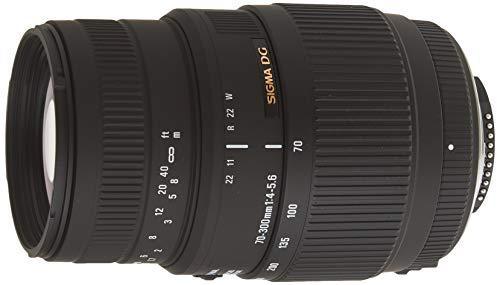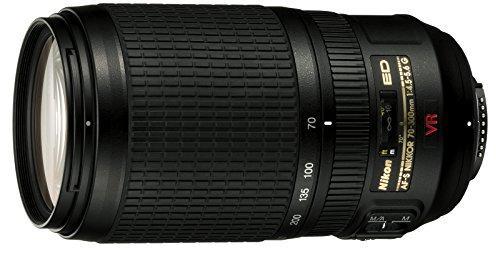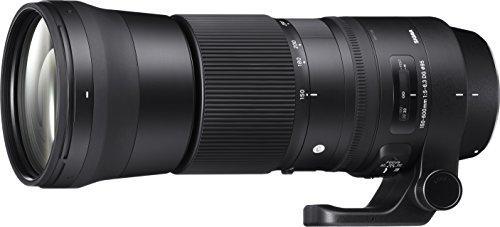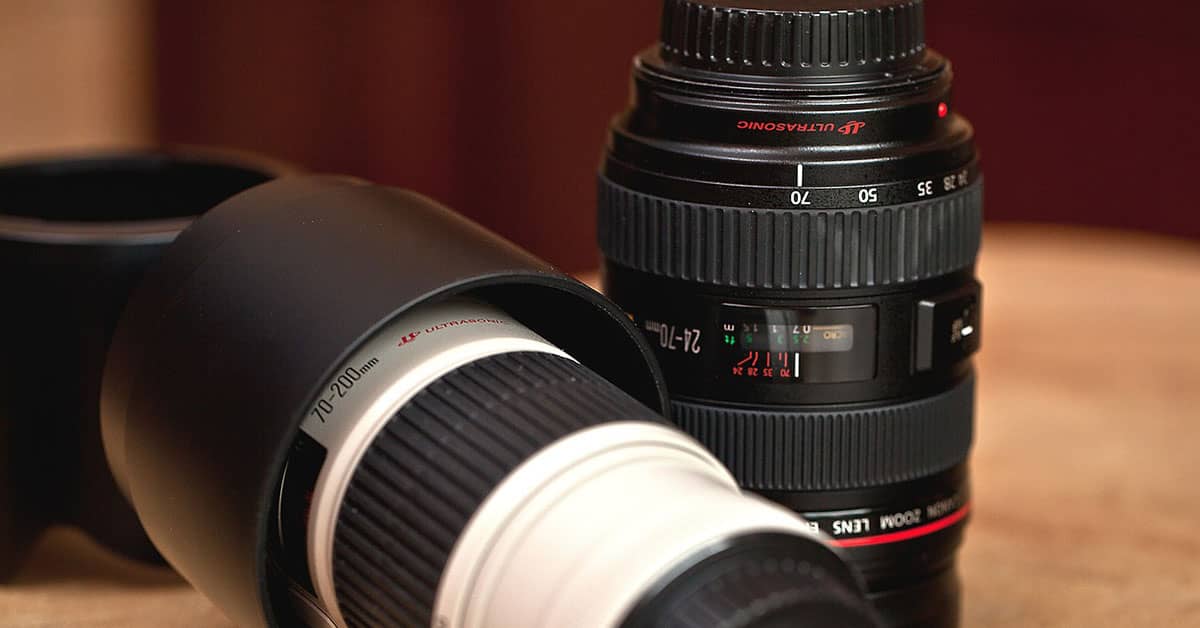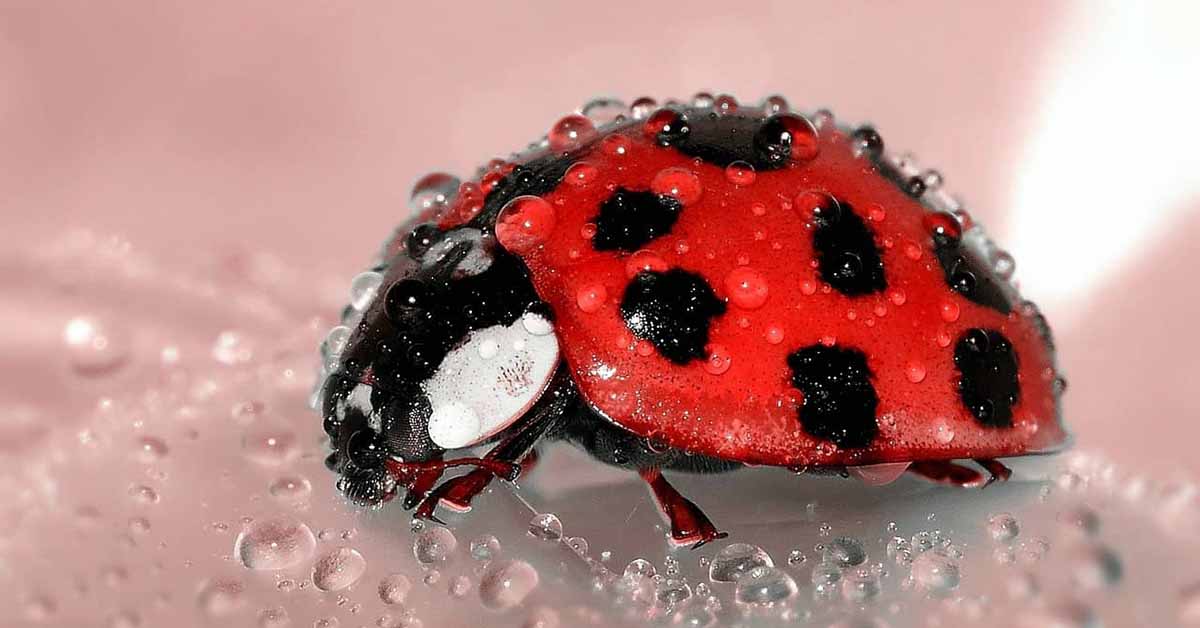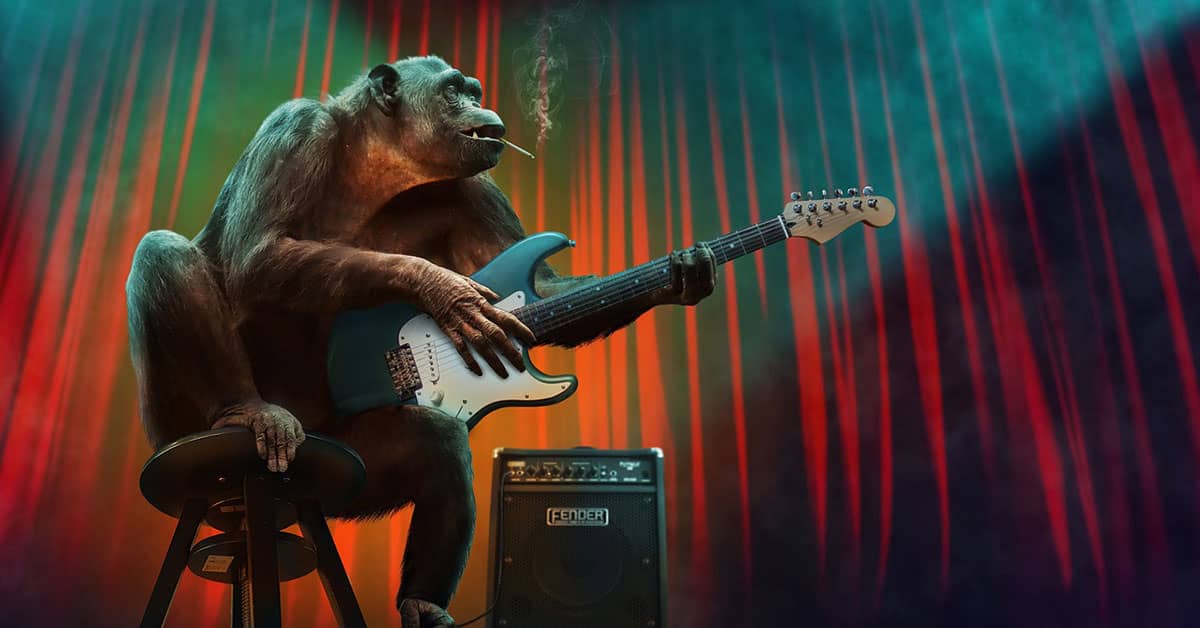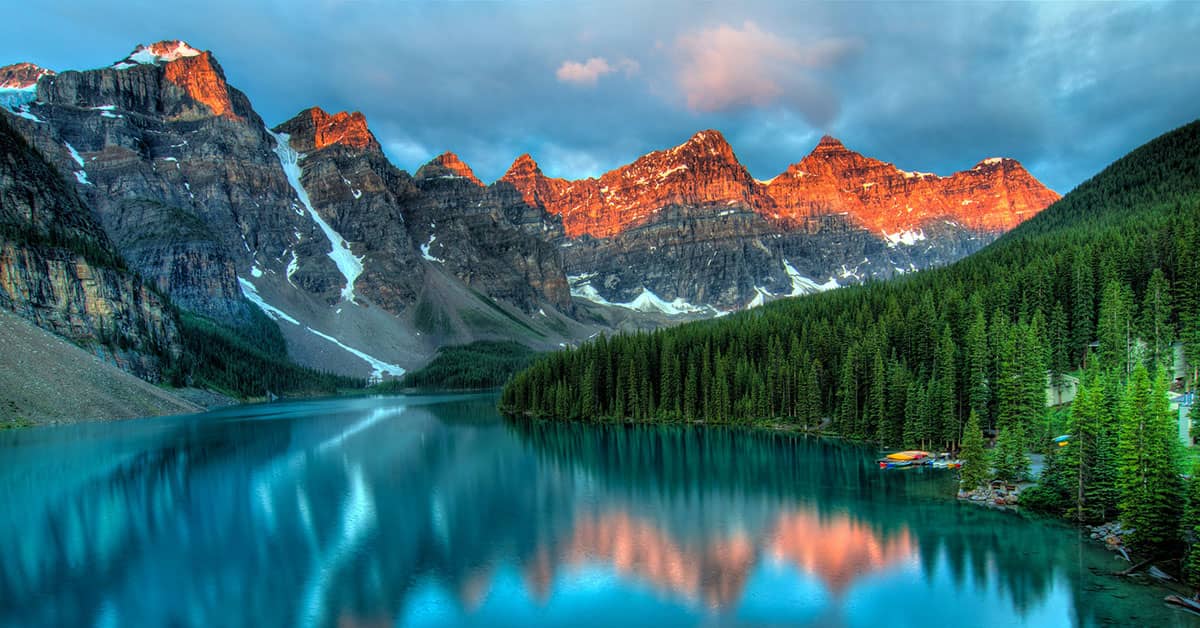Lens selection is going to be important for wildlife photography since there are so many factors at play, such as distance, lighting, and movement, just to name a few.
You’re going to want a lens that has some flexibility in its reach, is fast, and can shoot well in lower lighting (such as the natural low lighting of dusk/dawn times). So, if you’re looking for the right lens to partner up with your D3500 for your wildlife shooting, then look no further. We’re going to dive into the four of the best lenses on the market today for shooting wildlife.
Is the Nikon D3500 good for wildlife photography?
The simple answer is yes, it’s definitely well suited for the job, especially if you’re just getting into photography since it’s so budget-friendly (MSRP of under $1,000.00).
It’s not quite as robust as Nikon’s pro models, but it still offers a good array of features and can produce some stunning, high-quality wildlife shots.
For beginners, it’s nice to have confidence in the automatic features of the D3500, where you can essentially just point and shoot. It’s great for photographers who have an “eye” for a shot but maybe aren’t as familiar with the intricacies behind photography.
When it comes to shooting wildlife, moments are fleeting, so having confidence in the automatic technology may be paramount in picking the right camera, and the Nikon D3500 definitely delivers.
Of course, for those who are familiar with or want to explore a little more, the D3500 does offer a lot of flexibility in manual control. The user can set things like ISO sensitivity, shutter speed, and lens aperture. This allows the photographer full creative control over their photography when they want it.
What are the best lenses to shoot wildlife with the Nikon D3500?
Sigma 70-300mm F/4-5.6 APO-M DG Macro
Sigma 70-300mm F4-5.6 APO-M DG Macro
This lens is one of the best options for beginner wildlife photographers. It can produce some stunning shots, especially at a price point of less than $200.00.
Pros
Cons
The first lens we’ll look at is the Sigma 70-300mm f/4-5.6. This is a pretty budget-friendly zoom lens (MSRP under $200.00) with a zoom range of 70-300mm, which is equivalent to 112-480mm in an APS-C format.
As far as focal length goes, the 70-300mm range will work pretty well for shooting most wildlife. One of the cool things about this lens is a quick switch for “macro” mode, which is specifically designed for macro photography when the lens is in the 200-300mm focal length range.
The maximum aperture for this lens (f/4-5.6) is definitely adequate for wildlife photography. It will allow enough light to produce high-resolution images, even in the absence of ultra-bright daylight. Also, the larger the aperture, the faster the lens can focus. As unpredictable as wildlife is, you’re definitely going to want a lens that can autofocus quickly and accurately, and this large aperture is going to lend itself to that.
The autofocus motor of this lens is fast and quiet and can be manually overridden by a turn of the focus ring. It’s also built with a 9-blade aperture, which is rare for such a budget-friendly lens, and will provide beautiful bokeh in your shots.
The build of this lens is also worth mentioning. The “APO” destination signifies that it’s built with lens elements that are specially designed to minimize aberrations. The lens coatings also help to minimize ghosting and flaring.
Overall, the lens weighs in at just over a pound, so hiking around with it in your bag definitely isn’t going to be a huge burden.
In the end, this lens is a sound choice for a wide array of wildlife photography, especially for someone just starting out.
The two biggest drawbacks to this particular lens is the lack of weather sealing and image stabilizing technology, but for the price point, it’s to be expected.
Nikon AF-S VR Zoom-Nikkor 70-300mm f/4.5-5.6G IF-ED
Nikon AF-S VR Zoom-Nikkor 70-300mm f/4.5-5.6G IF-ED
This lens is a great option for wildlife photography thanks to the image stabilization technology and flexible zoom range. It’s great for sharp wildlife images, even in less-than-ideal lighting.
Pros
Cons
Our next lens will be a little pricier, with an MSRP of around $500.00, but it’s also going to come with quite a bit more features.
The Nikon AF-S VR Zoom-Nikkor 70-300mm f/4.5-5.6 is a great lens for shooting wildlife. The 70-300mm zoom range (112-480mm APS-C equivalent), is the same as our last lens and provides a lot of flexibility in your wildlife shots. Unfortunately, this particular lens is not teleconverter compatible so that you can extend the reach of the lens.
However, this lens does have the same large maximum aperture as our previous lens. The f/4.5-5.6 provides plenty of light entry to support early morning and evening shots, which is when wildlife is typically most active. It also helps Nikon’s autofocus system work quickly.
The lens does come equipped with a quick switch to move between auto and manual focusing modes without having to dive into the settings of the camera itself.
This is super handy since you can make the switch without taking your eye off of your shot. Nikon’s auto mode can also be manually overridden by a quick turn of the focusing ring, which is great if the autofocus is hunting and you need to quickly take back control.
This lens produces incredibly sharp images across the entire zoom range, and thanks to the build, distortions of all kinds are minimal at worst.
Wildlife photography doesn’t always accommodate the process of setting up a tripod or of shooting in the most ideal location, which makes the image stabilization technology of this lens ultra-handy.
Nikon’s VR (vibration reduction) technology will compensate for the camera shake, making handheld shooting much more reliable, which is a major perk for wildlife shooting.
It’s not weather-sealed, but at a weight of fewer than 2 pounds, it’s definitely mobile.
Tamron 100-400mm f/4.5-6.3 Di VC USD
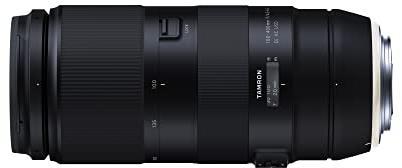
Tamron 100-400mm f/4.5-6.3 Di VC USD
This lens is perfect for wildlife photography thanks to its teleconverter compatibility, image stabilizing technology, and fast accurate autofocusing.
Pros
Cons
Our next lens is another great telephoto lens for wildlife photography. The Tamron 100-400mm f/4.5-6.3 offers a bit more reach than our previous two lenses with its 100-400mm range (150-600mm equivalent for APS-C).
Its compatibility with Tamron’s 1.4x and 2.0x teleconverters makes it even more flexible, meaning there’s even more reach available if you need it.
Since getting close to your subject with wildlife photography isn’t always easy, this is definitely an edge up.
Thanks to specially designed lens elements and advanced coatings, ghosting, flaring, and chromatic aberrations are virtually nonexistent.
At a max aperture of f/4.5-6.3, there’s plenty of light coming in to support shooting in low-light conditions and to allow Tamron’s autofocusing system to work at its full capacity and can handle accurately focusing on subjects, even if they’re moving at high speeds.
This works in tandem with Tamron’s VC (vibration compensation), image stabilizing technology, which allows for super sharp images even when hand-held shooting in low light conditions. This is great for wildlife photography, especially if you’re after those action shots where an animal might be in full-speed motion.
The construction of this lens is phenomenal. While it does break over the 2 pound threshold, weighing nearly 2.5 pounds, it’s also built to be sealed, which means it’s dust and moisture resistant.
Since wildlife photography is shot almost exclusively outside, there’s some comfort to be gained in using weather-sealed lenses.
It also has an optional removable tripod collar, which is Arca-type compatible and can make moving between tripod shooting and hand-held shooting much faster. All and all, a great choice for wildlife shooting.
Sigma 150-600mm f/5-6.3 DG OS HSM Contemporary
Sigma 150-600mm f/5-6.3 DG OS HSM Contemporary
One of the best lenses for wildlife photography with a great zoom range and teleconverter compatibility combined with great technology for incredibly high-quality wildlife images.
Pros
Cons
Our last lens is going to be the Sigma 150-600mm f/5-6.3 Contemporary. It’s the most expensive of our four lenses, at a retail price typically just over $800.00.
However, it’s the go-to lens for wildlife photos and can produce some incredibly sharp images with amazingly vibrant details.
With a zoom range of 150-600mm (240-960mm), it’s our longest-reaching lens yet, plus it can be used with Sigma’s 1.4x and 2.0x teleconverters, which can provide an insane amount of reach for subjects that you just can’t get close enough to.
The zoom lock switch is also handy and prevents any inadvertent movement while you’re waiting for your shot.
Clarity and color definition isn’t an issue, thanks to the engineering behind this lens.
The large maximum aperture of f/5-6.3 allows for shooting in lower light conditions and helps the autofocus system to function quickly and accurately.
It also comes built with two modes of image stabilization controlled by a quick switch on the lens, including “OS 2”, which only compensates for vertical movement and allows for panning, which is great if you’re tracking a moving animal.
Not only does this Sigma lens come with some stellar tech, and phenomenal shooting capabilities, but it’s also built for the weather. It’s dust and splash resistant, and built with materials that can handle a wide array of temperature variations.
The only true drawback to this lens might be its weight, at just over 4 pounds.
Final Words
Any one of the four lenses we visited today would be pretty well suited for wildlife photography, depending on your needs.
If you’re just getting into wildlife photography, I would start with the Nikon 70-300mm lens. It’s affordable (around $200.00), and comes packed with some pretty handy features, such as VR image stabilization technology.
If you’re a more seasons wildlife photographer, or if you’re certain it’s going to be a passion that you’ll pursue for a long time, I would definitely spend the money on the Sigma 150-600mm lens, it’s going to offer you the most flexibility, durability, and shoot some of the most incredibly stunning wildlife photos.

